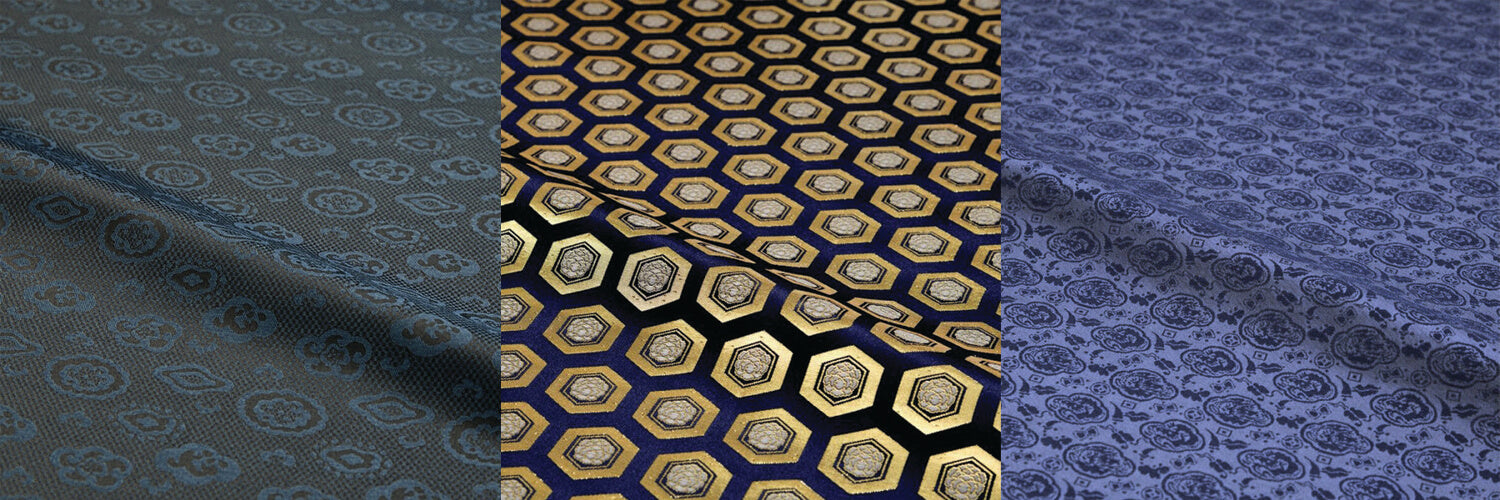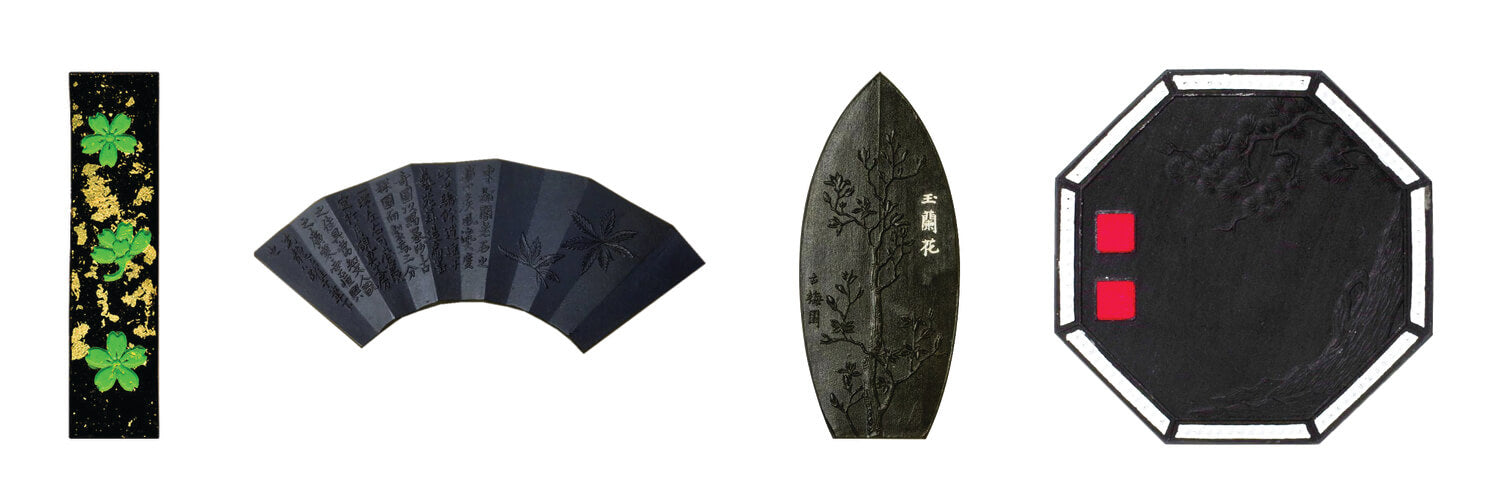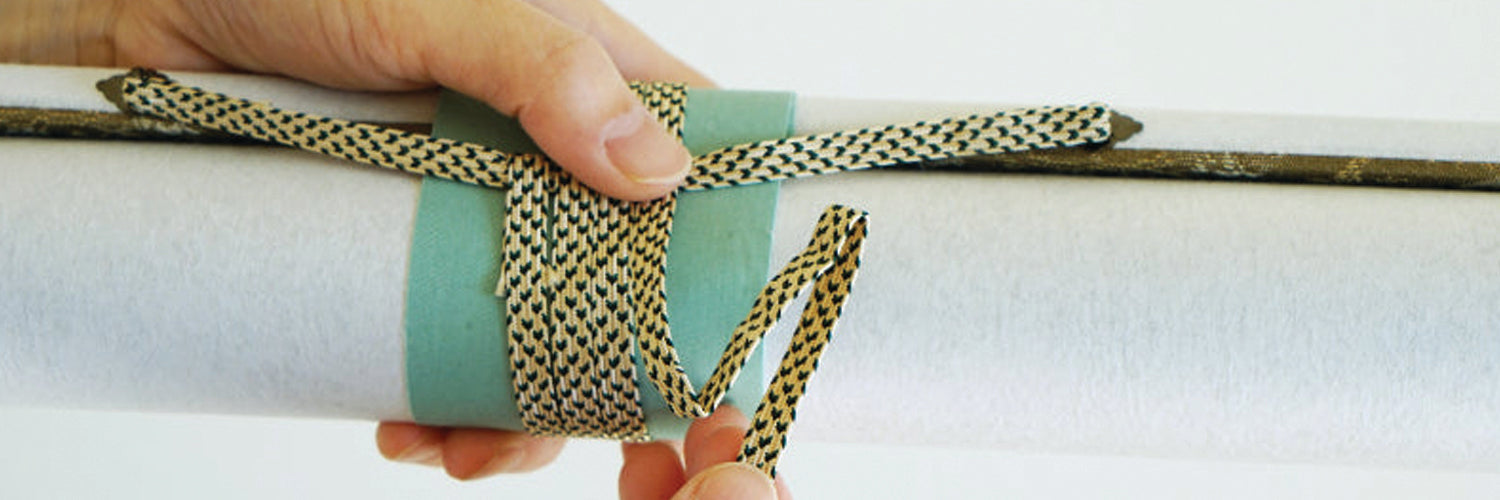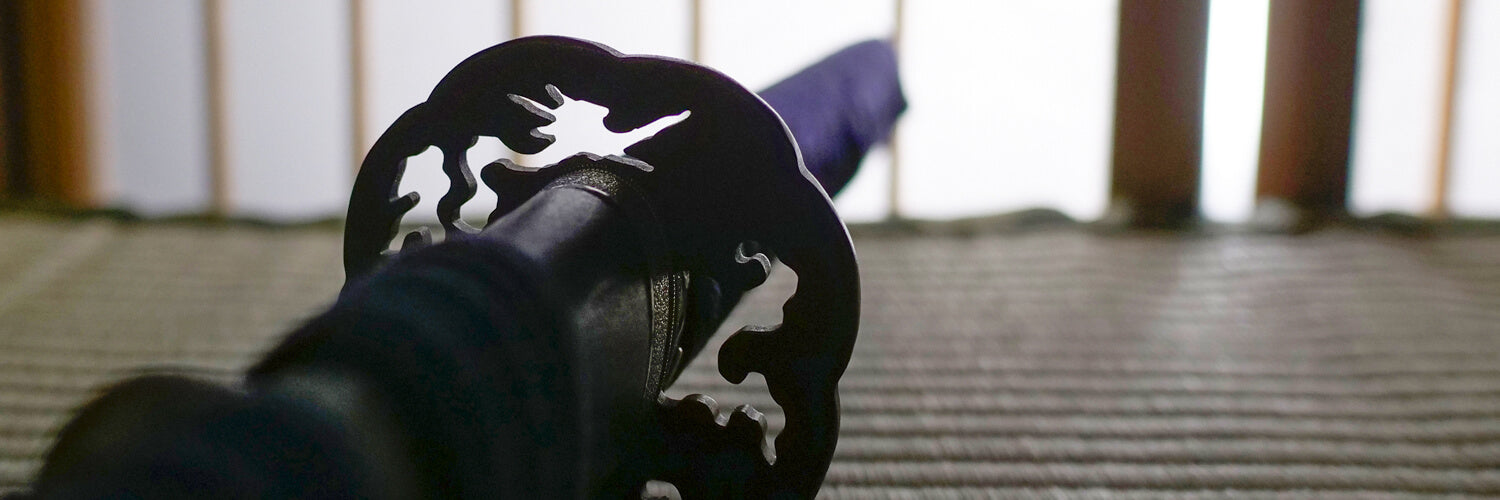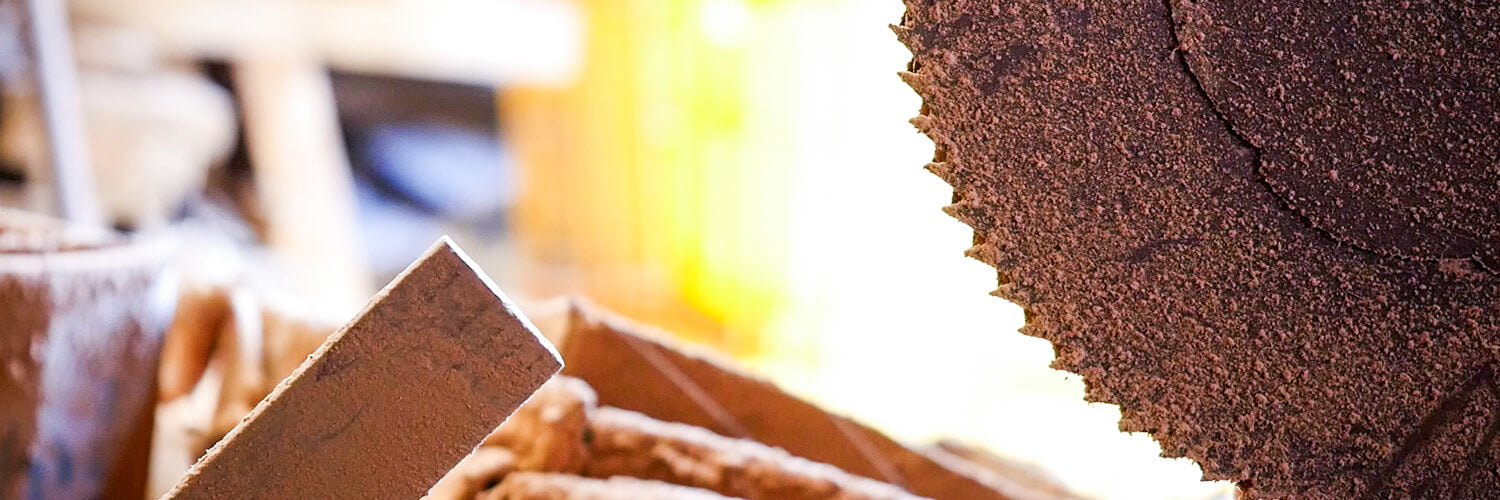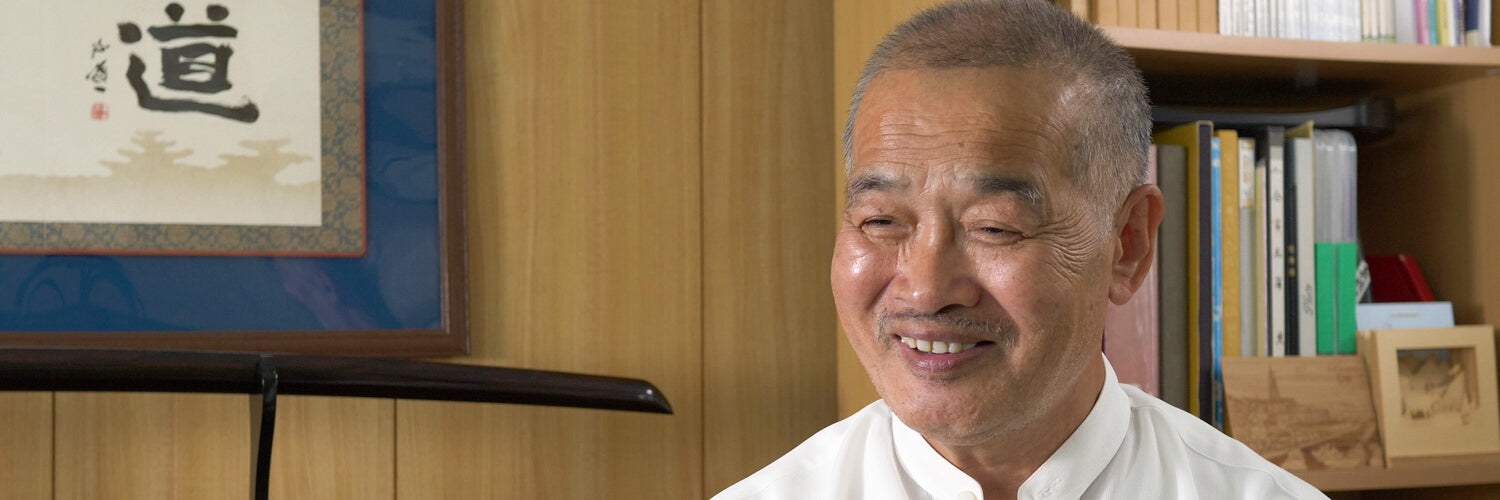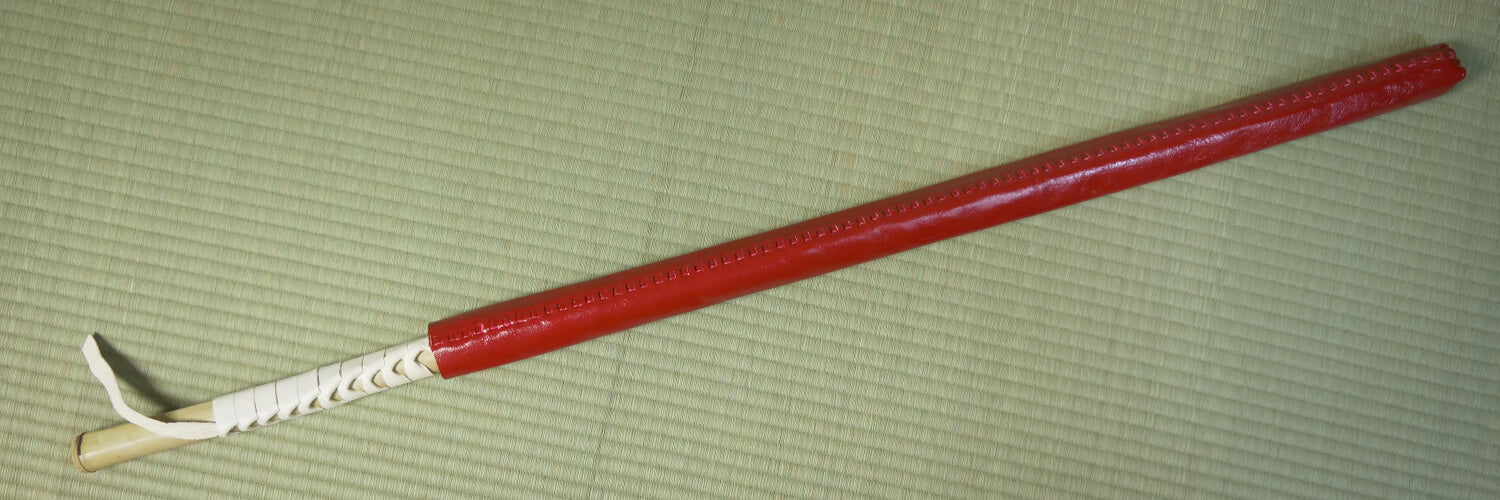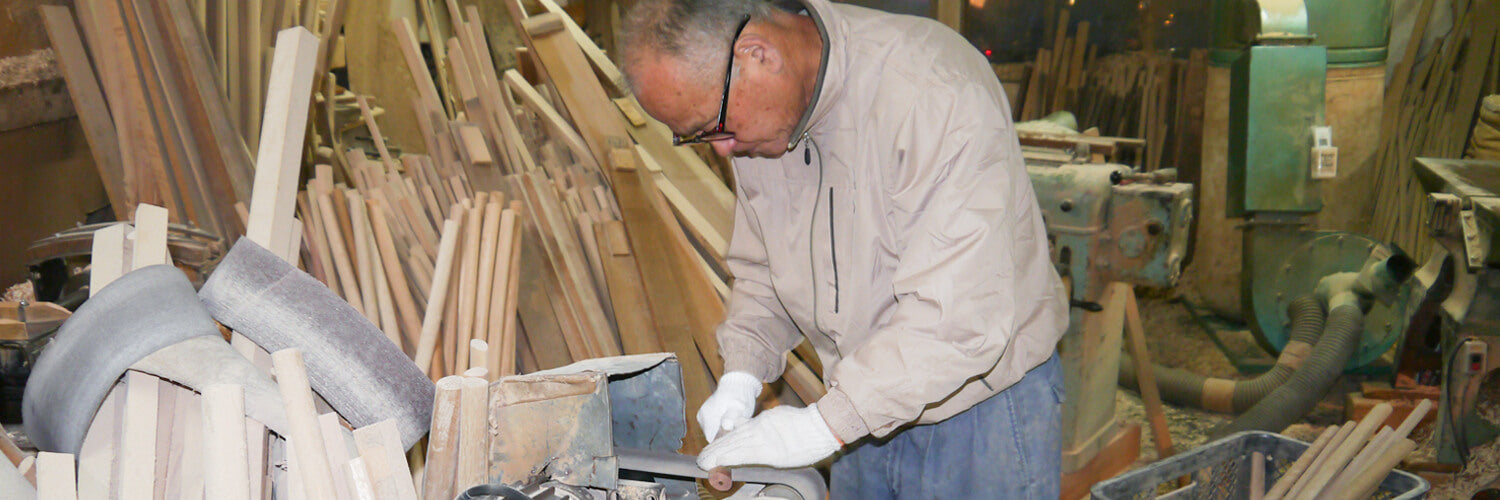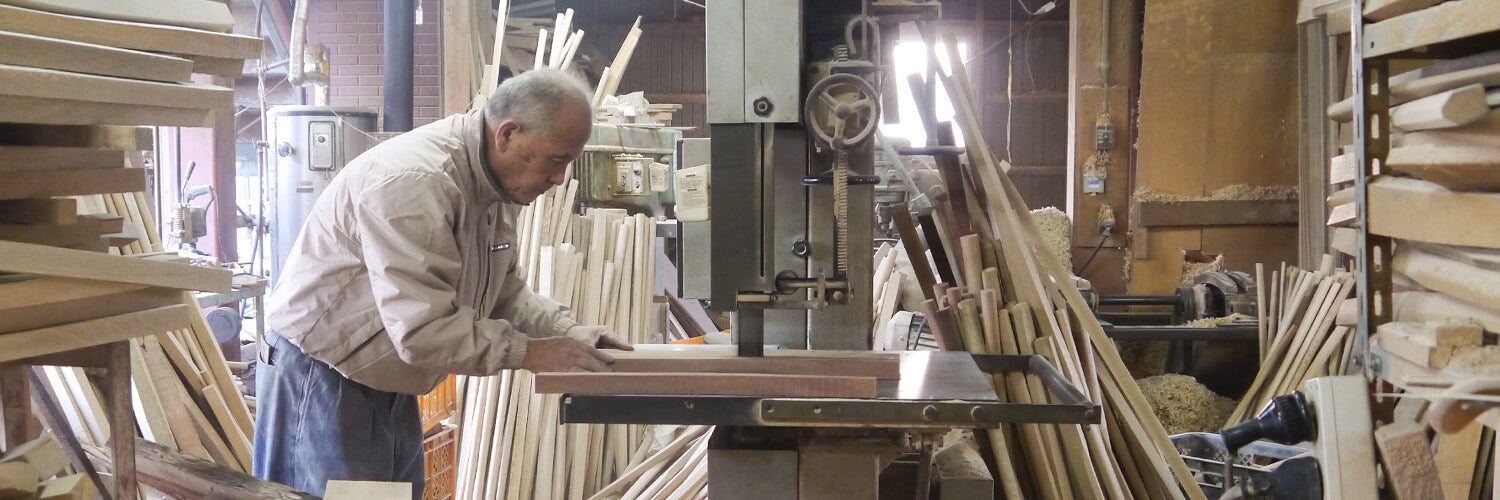
In Japan, calligraphy, ink drawing, and painting are traditionally displayed on a kakejiku (also called sometimes kakemono). It's a lengthy scroll-like composition made of fabric and paper that's linked to a jiku, the central wooden pole.
There are various types (and sub-styles) of Kakejiku, each having its own layout and proportions, but we'll focus on the three most common in this article.
